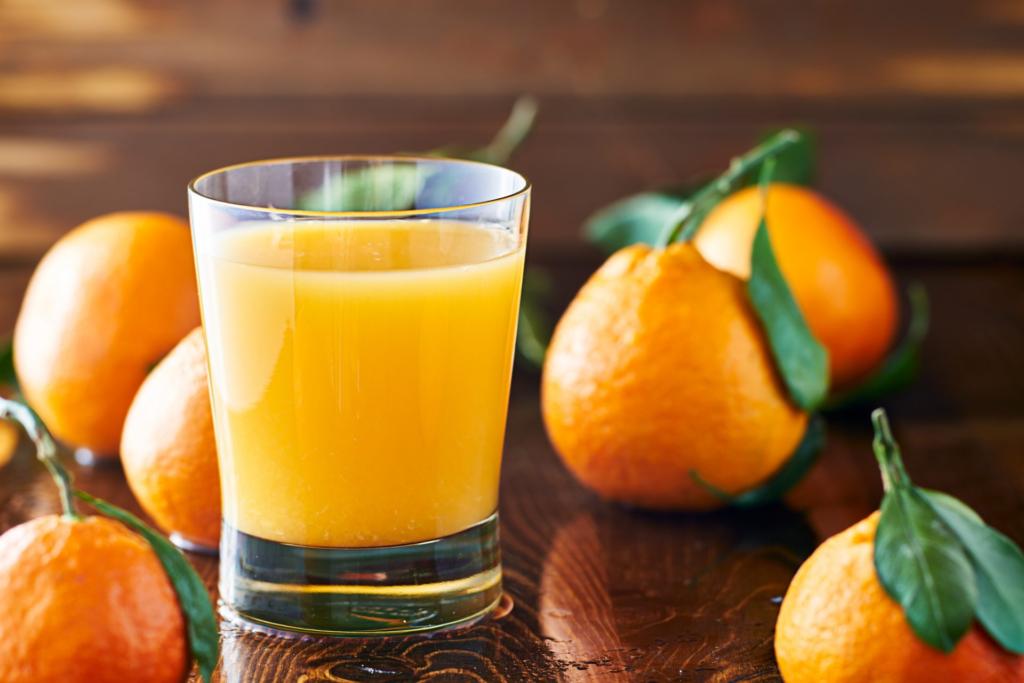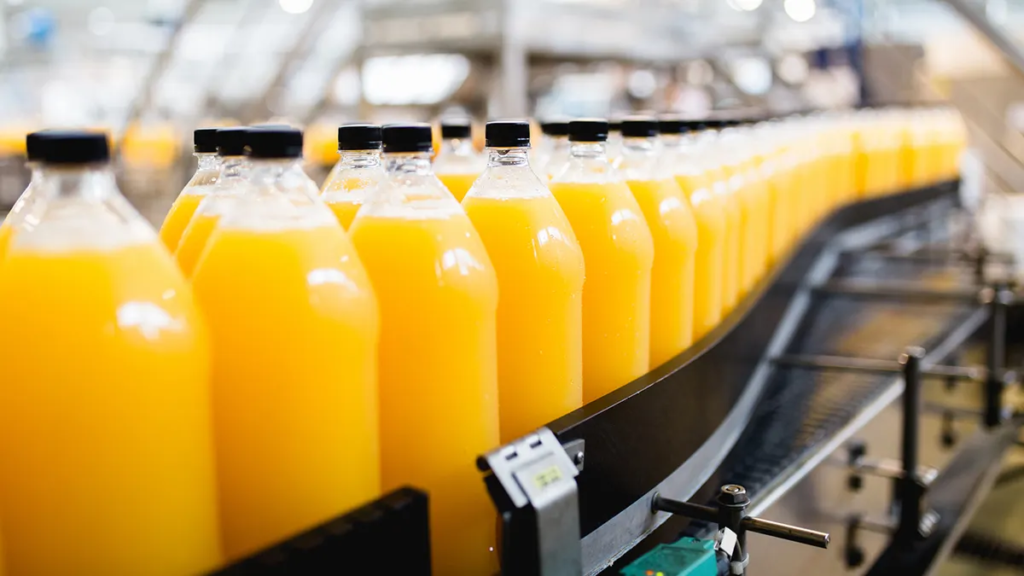Lower sugar threshold orange juice is in the spotlight as the FDA proposes the first update in over 60 years to the standard for pasteurized orange juice. By reducing the minimum Brix level—the measure of natural sugar—from 10.5% to 10%, the FDA aims to help struggling U.S. citrus growers without altering your morning glass’s taste. This move has stirred interest in both health and agricultural communities. Let’s explore why this matters, what it means for you, and how orange juice fits into a balanced diet.
Why the Change Matters
Aging Standards Meet New Challenges
The FDA’s current requirement mandates that pasteurized orange juice contain a minimum sugar content, measured by Brix level, of 10.5%. Brix is a scale used to measure the natural sugar concentration in liquids like juice. But due to climate-related events and plant diseases—especially citrus greening—many orange groves in the U.S., particularly in Florida, now produce fruit with lower sugar levels.
On average, oranges from these groves yield Brix levels closer to 9.7% to 10%, which means the juice doesn’t meet current federal standards. As a result, producers have been forced to mix domestic juice with sweeter imported juice to comply, leading to increased production costs and greater dependence on foreign sources.
A Boost for Domestic Citrus Farmers
By lowering the minimum Brix level from 10.5% to 10%, the FDA aims to align regulations with current growing conditions. This would allow more U.S.-grown oranges to qualify as juice under federal guidelines, potentially saving citrus producers tens of millions of dollars annually.
The proposal is not only a regulatory adjustment but also a lifeline to an industry facing rising costs, shrinking yields, and heightened competition from imported juice. Supporters believe this rule could reduce economic pressure on American farmers and decrease the nation’s reliance on imports.

What Does This Mean for Consumers?
Will Orange Juice Taste Different?
The short answer is: probably not. Nutrition experts and food scientists note that the 0.5% reduction in sugar content is too small for most consumers to detect. The taste of orange juice varies naturally depending on the time of harvest, weather, and the variety of orange used. Therefore, even a small change in Brix level is unlikely to affect the overall flavor profile noticeably.
Juice companies also use blending techniques to maintain consistent taste year-round, meaning consumers are unlikely to notice any difference in their morning glass of juice.
What About Nutrition?
In terms of nutrition, the sugar content in an 8-ounce glass of orange juice might drop slightly—by about 1 gram. This small difference does not have a significant impact on the juice’s vitamin C or potassium content. Orange juice remains a good source of essential nutrients but, as always, should be consumed in moderation.
Public health experts still advise limiting juice intake, especially for children, due to its high sugar content and lack of fiber compared to whole fruit. This proposal doesn’t change that recommendation but instead modernizes how juice is regulated in response to agricultural realities.
How Brix Levels Affect Orange Juice Classification
The term “Brix” refers to the percentage of natural sugar content in a liquid. For orange juice, it’s used to determine whether a product meets federal labeling requirements for “100% pasteurized orange juice.”
Under the current rule, if a batch of juice falls below 10.5% Brix, it cannot legally be sold as orange juice in the U.S. market without being blended with sweeter juice. Lowering the threshold to 10% would mean more domestic juice could be sold directly, helping farmers and manufacturers while still meeting taste and quality standards.
This update also reflects improvements in how oranges are grown, harvested, and processed. Even if Brix levels are slightly lower, today’s juicing technology allows for better flavor control and consistency.
Industry and Government Reactions
Strong Support from Growers and Lawmakers
Citrus growers and agricultural advocates have welcomed the proposal, calling it a necessary modernization. They argue that the current standard is outdated and punishes farmers for circumstances beyond their control, such as crop diseases and climate shifts.
Government officials, including representatives from citrus-producing states like Florida and California, support the change as a way to boost domestic production and strengthen food security. Some lawmakers have gone so far as to say that the proposal could help revive parts of the citrus industry that have been in decline for decades.
Public Comment and Timeline
The FDA has opened a public comment period that runs until early November 2025. During this time, individuals, consumer groups, and industry representatives can submit feedback. After reviewing the input, the agency will decide whether to finalize the new rule, revise it, or withdraw it.
If the rule is approved, the new standard could take effect in 2026, giving juice manufacturers time to adjust their labeling, sourcing, and marketing strategies.

Health Implications and Consumer Guidance
Even with the proposed change, orange juice remains a high-sugar beverage. For example, an 8-ounce serving of juice under the new standard would still contain around 17 grams of natural sugar. While this is slightly lower than before, it’s still comparable to some sugary soft drinks.
Here are a few things consumers should keep in mind:
- Orange juice can be part of a healthy diet but should be consumed in moderation.
- Whole oranges provide more fiber and are better at managing blood sugar spikes.
- Children should not consume more than 4–6 ounces of juice per day.
- People with diabetes or those trying to manage blood sugar levels should limit juice intake or pair it with protein and fiber.
Lowering the sugar threshold may help producers, but it doesn’t mean orange juice becomes a “free-for-all” health food. Consumers still need to make informed choices.
What Happens Next?
The FDA will continue to review public comments and industry data before making a final decision. If adopted, this rule would not only change the way orange juice is defined in the U.S. but could also serve as a precedent for updating other outdated food standards.
The move signals a broader push by the FDA to modernize food labeling rules and ensure they reflect current science, agriculture, and nutrition guidelines. With over 250 standards of identity still under review, more changes could follow in the coming years.
Conclusion
The FDA’s proposal to lower the sugar threshold for orange juice is more than a technical rule change—it’s a sign of evolving food policy. By adapting to the realities of modern farming, this move could support domestic growers, reduce reliance on imports, and ensure consumers still get a product that tastes great and fits within healthy dietary limits.
While you may not notice a difference in taste, the change could have a big impact behind the scenes. It’s a small adjustment on the label, but a potentially major shift for U.S. agriculture and food regulation.
Do Follow USA Glory On Instagram
Also Read :Lawmaker Spreads Misleading Republican Approval Poll Claims






